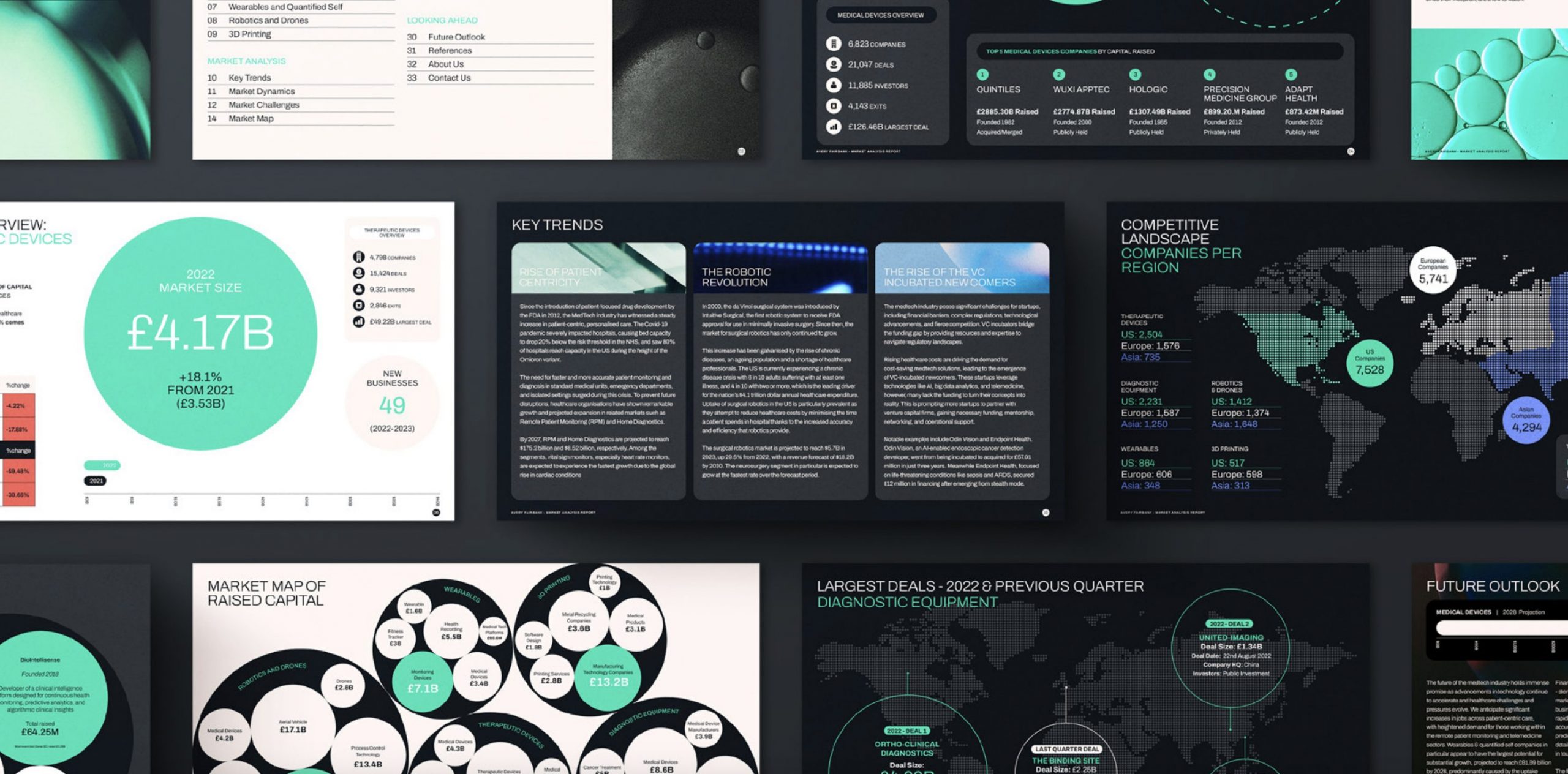March 4, 2024
Constructing more sustainable data centres is undeniably beneficial for the environment. Yet, the primary motivations for this shift stem from a different incentive — alongside a form of compulsion.
In terms of compulsion, transitioning to greener data centres has become mandatory due to emerging global regulations and standards that will mandate adherence in the near future. While these regulations act as a catalyst for the adoption of eco-friendlier data centres, a significant incentive also propels this movement forward. Enterprises owning on-site data centres, as well as those offering hosting services, can achieve substantial financial savings by adopting eco-friendly practices.
Data centres consume a significant amount of electricity. A 2021 estimate indicated that data centres worldwide consumed about one percent of the global electricity supply. Approximately 40 percent of this energy is allocated to cooling systems within data centres, rather than to enhancing computing performance. Moreover, in recent years, the global average cost of electricity has seen a twofold increase, which in turn has significantly raised the operational costs of data centres.
Water consumption presents another costly challenge. A single data centre with a 100MW capacity might consume as much as 1.1 million gallons of water daily. In the United States, data centres collectively used more than 660 billion litres of water. By implementing measures to decrease both power and water usage in their data centres, businesses can lower the enduring expenses associated with operating their server infrastructure and simultaneously diminish their environmental impact.
Businesses aiming to optimise their performance per watt and reduce their overall power usage have various strategies at their disposal. Let’s delve into some of these approaches.

Liquid cooling alternatives
Given the limited nature of freshwater resources, employing engineered liquids for cooling data centres can drastically cut water usage. Contemporary liquid cooling techniques can improve a data centre’s Power Usage Effectiveness (PUE) from an average of 1.3 to as low as 1.03, while also reducing electricity use by up to 30%. This enhanced cooling efficiency enables data centre operators to pack more systems into the same rack space. With fluid-cooled server solutions becoming more standardised, their deployment is becoming simpler.
Enhance efficiency with optimal data centre equipment
Selecting appropriate hardware is key to maximising performance per watt. Leveraging the advanced features of Intel processors, such as those found in 4th Gen Intel Xeon Scalable processors, can lead to significant energy savings. These processors offer accelerators that boost performance-per-watt up to 14 times for AI tasks and deliver an average of 2.9 times more performance-per-watt for specific workloads.
Opt for more eco-friendly manufacturing to lessen environmental impact
Currently, about ten percent of a server’s environmental footprint is due to its production, with the remaining 90 percent resulting from its operation. Numerous leading technology firms are actively reducing their manufacturing carbon footprints. Through sustainable practices, semiconductor fabrication plants (fabs) are making notable strides towards environmental goals. For instance, 4th Gen Intel Xeon processors are produced using at least 90 percent renewable energy.
Track and analyse electricity usage
Monitoring the specifics of electricity use, including the timing, locations, and methods, within a data centre can uncover usage patterns. This insight enables system managers to refine and enhance their infrastructure. The adoption of additional efficiency-boosting software tools, such as open-source solutions and Intel’s Kubernetes Power Manager and Telemetry Aware Scheduling, can further improve efficiency.
Prioritise energy-efficient software development
Historically, eco-friendliness wasn’t a top concern for software developers. The Green Software Foundation aims to shift this perspective by offering resources, standards, and guidelines that promote lower carbon footprints in software development. By adopting green coding practices, developers can fine-tune their software to minimise electricity and resource consumption for their applications.
Implement circular economy and modular designs to reduce electronic waste
Outdated computing equipment often ends up in landfills, posing environmental hazards. Leading manufacturers are working to remove harmful materials such as halogen and lead from their products. Beyond material safety, extending the life cycle of computing hardware through circular economy strategies—such as reusing components or integrating them into secondary markets—reduces waste. Looking ahead, manufacturers are considering modular designs for new products, allowing for the upgrade of individual parts within servers. This approach extends the life of data centre investments and incorporates the latest technologies without a complete overhaul.
Sustainability tactics vary from one data centre to another, indicating that a universal solution does not exist. Managers of data centres need to discern which methods best suit their specific needs. However, it’s clear that the collective endeavour to minimise the tech sector’s carbon emissions plays a crucial role.
While international laws may advocate for enhanced efficiency within data centres, the tech community has creatively adopted and sometimes surpassed these regulatory standards. Reflecting on the adage, “It takes a village,” it’s inspiring to witness the collaboration among leading technology firms to foster a more sustainable industry.

Published on 04-03-2024


